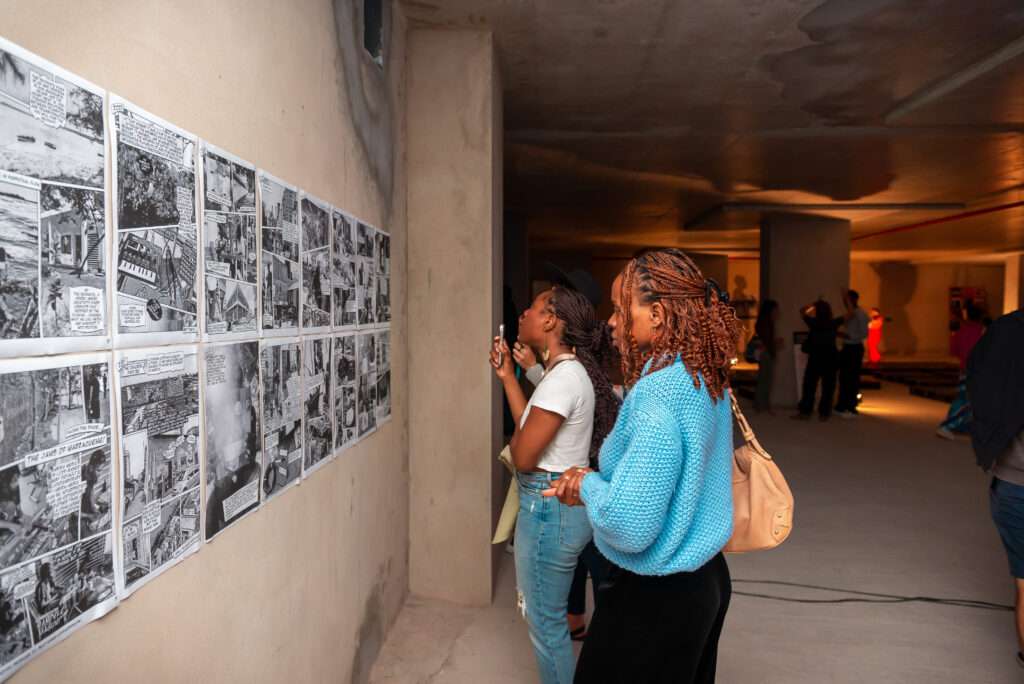The 8th edition of MFF Festival will also be remembered for the presence of technology in building narratives of the future. A future, it should be noted, seen through digital glasses for virtual reality, recreating places and constructing “new narratives” about nature and humanity.
On the 7th and 13th floors of the JFS Tower, a building that has become part of the itinerary for city dwellers from Maputo from various parts of the world, eight exhibitions were installed, each with two premises: new technologies and new narratives.
These installations include “Benga” by Adamo Morrumbe, the result of the research “Benga, the village of the future” funded by MFF Academy; “Container” by Simon and Meghna; “Ferenj” by Ainslee Robson; “Objects of Infinity” by Michel Onésio; “Healing Narratives” by Karingana Wa Karingama Textile; “Resonant Structures” by Bhavisha Panchia and Ângela Ferreira; “Midi Mbira” by Guillermo de Llera Blanes; and “Mganga Wa Kitui” by Walid Kilonzi.
The research of architect Adamo Morrumbe reflects his experience in Benga, a district in Moatize, Tete province, and brings two dimensions. The first is scientific in nature, presenting data, establishing connections with other studies, and showcasing patterns. The second is the installation that displays works that bring the highlighted village, Benga, closer.
Benga makes us think about “how such a small space” can reflect the future, a kind of reconciliation between man and nature, without one exploiting the other. This would also serve as a response to ecological crises.
“Various studies show that, if we continue as we are, we won’t have a liveable Earth, at least not one where we can continue to exist,” he warns, noting the urgency of seeking new ways to live on Earth, starting with the place where we are.
Objects of Infinity
In the “Objects of Infinity” exhibition by visual artist Michel Onésio, a different colour palette was presented, exploring a dimension of art with diverse materials to fill empty spaces.
These are canvases on the wall, graffiti, and a manifesto, including a piece produced over a curtain, always using local and recycled materials.
“We have a very rare phenomenon that happens in specific places around the world, called the Northern Lights. Colours spread across the sky. In Mozambique, we don’t have the chance to see it, so I found it interesting to incorporate it into my works. They were created long before we knew that this phenomenon would happen this year. So, I see this as a union between myself and the universe, speaking to me and bringing this experience of seeing the Northern Lights in Mozambique,” says Michel Onésio.
Sensory Experiences
In “Resonant Structures,” an exhibition by Bhavisha Panchia and Ângela Ferreira, an extended listening experience of Rádio Moçambique was on display—first, as an archive, and second, as a resonant body preserving cultural, political, and creative legacies.
Guillermo de Llera Blanes similarly presented “Midi Mbira: Hybrid Hyper Instrument,” based on the Midi Mbira, an instrument he developed in collaboration with May Mbira. The goal is to create new avenues of expression that respect traditional musicality and identity.
Among the interactive exhibitions was “Healing Narratives” by Karingana Wa Karingama Textile, weaving stories of healing from Cabo Delgado and demonstrating how art can serve as a tool for expression, resilience, and community healing. “Healing Narratives” also involved, beyond observation, smell, sound, and taste.
“They are individual exhibitions but, in some ways, interconnected. We have national and international presentations, but essentially, we have a group of exhibitions that revolve around using new media as ways to tell stories in an immersive way,” said João Roxo, MFF co-curator.



